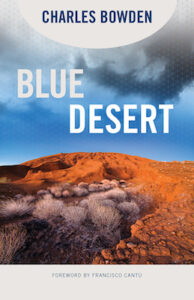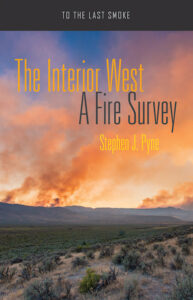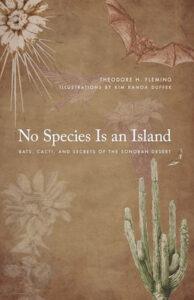Word reached me just this very morning about something I have long been anticipating: the publication of new editions this October of Charles Bowden’s classic works “Blue Desert” and “Frog Mountain Blues” by the University of Arizona Press.

Word reached me just this very morning about something I have long been anticipating: the publication of new editions this October of Charles Bowden’s classic works “Blue Desert” and “Frog Mountain Blues” by the University of Arizona Press.

With the publication of Stephen J. Pyne’s “The Interior West; A Fire Survey,” the number of volumes in his astonishingly comprehensive To the Last Smoke series from the University of Arizona Press is raised to six. The series, combined with his 2015 book “Between Two Fires; A Fire History of Contemporary America,” his “Smokechasing” from 2003, and roughly two dozen other works on the subject, certainly must make him if not THE most prolific author on the subject of wildland fires then at least a very close second.

“No man is an island entire of itself; every man / is a piece of the continent, a part of the main” So wrote John Donne in his oft-quoted Meditation XVII. Theodore Fleming, we can assume has, at least at some point in the past, likely read Donne’s famous meditation, and perhaps was even thinking about it as he examined the discoveries he made in his study of cactus pollination and pollinators near Sonora, Mexico.

A social media message from the Oregon Department of Forestry about the coïncidence of the expected eclipse-viewing tourist deluge with the peak of the state’s wildfire season got me thinking about just how wildfires effect both ecosystems as well as economies. However a wildfire in central Oregon is not the same type of event as, say, a wildfire in Nebraska, or in southern California, for that matter.